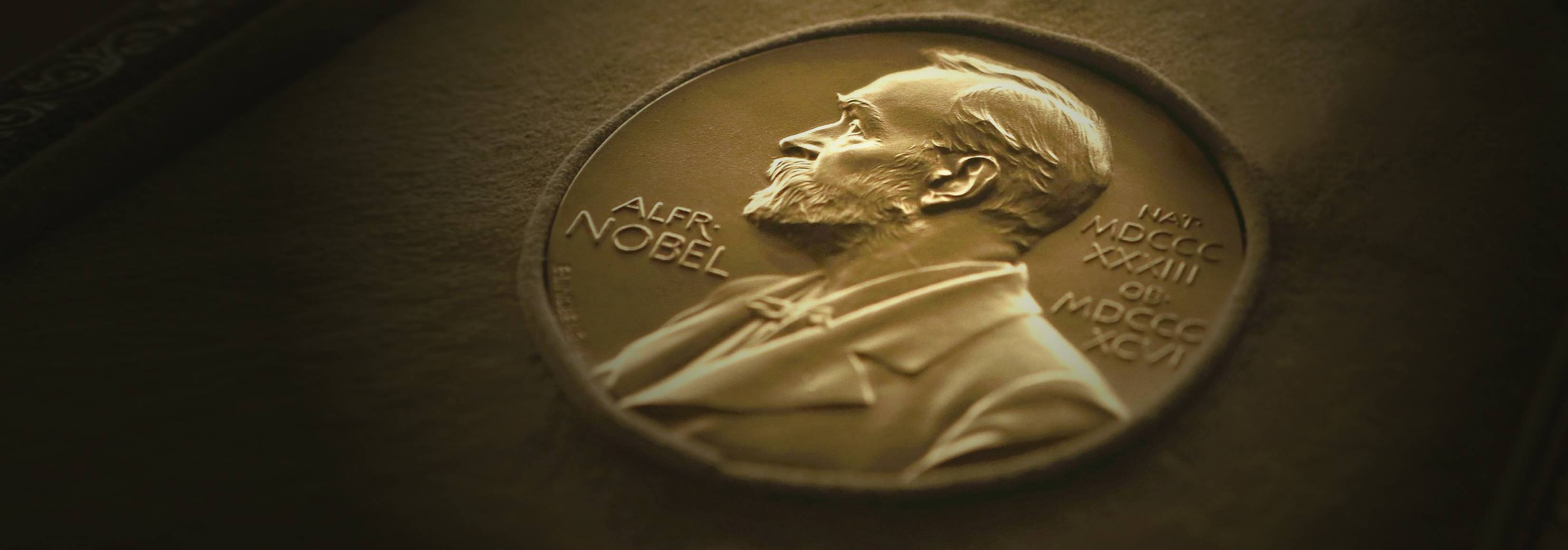In 1916, during a study examining the reaction of fruit flies to temperature differentials, John H. Northrop lit upon a fundamental equation that would from then on guide his career in science: the engine that runs all living matter is chemical reaction. That first flash of recognition, in his first year as a scientist at The Rockefeller Institute for Medical Research, marked the beginning of a series of discoveries that clarified the roles of one of the most essential players in human physiology — enzymes — and led to the 1946 Nobel Prize in Chemistry.
By the early 20th century, scientists were just coming to the understanding that enzymes — mysterious biomolecules first named in 1878 by German physiologist Wilhelm Kühne — are far more important than they had previously believed. Though neither their structure or mechanism of action was clear, it was known that enzymes were somehow responsible for the chemical reactions that break down nutrients into constituents that are useful to the body; store up and transfer energy in living tissues; and degrade waste products for elimination. In 1919, Dr. Northrop set out to isolate the stomach enzyme pepsin into its purest form — that of crystals — and then figure out how it works. When he succeeded 10 years later, not only was he the first person to isolate an animal enzyme in crystalline form, but he had developed a crystallization technique that would prove effective for numerous other biomolecules.
The purity of Dr. Northrop’s isolate was such that its enzymatic activity was five times that of the best commercial pepsin. He estimated that a single ounce of his crystalline pepsin could digest one and a half tons of boiled eggs, clot 600,000 gallons of milk or liquefy 10,000 gallons of gelatin in just two hours. In collaboration with Moses Kunitz, Dr. Northrop then turned his focus to several other enzymes, including trypsin, an enzyme secreted by the small intestine, and chymotrypsin, a proteolytic enzyme of the pancreas.
Drs. Northrop and Kunitz’s extensive work in crystallization facilitated several other important discoveries. They elucidated the processes by which many enzymes are activated. They answered the long-held question of why enzymes don’t break down the bodily tissues that house them (enzymes cannot pass through the surface membranes of living cells). The crystallization of carboxypeptidase, a pancreatic enzyme, is now even used by scientists who study protein structure.
In the 1930s, Dr. Northrop shifted his research focus to bacteriophages — biological agents that infect bacteria — and in 1936 he was able to classify them as viruses when he discovered that they contain ribonucleic acid, just like the tobacco mosaic virus crystallized the previous year by Rockefeller colleague Wendell M. Stanley and whose RNA structure had since been demonstrated by Cambridge University researchers. He also demonstrated that a virus has the power to both transform genetic information in a cell and transfer that information from one cell to another.
During World War II, Dr. Northrop used his knowledge of trypsin to isolate the antitoxin of diphtheria, a bacterial respiratory illness that was pandemic in prisoner-of-war camps. It was the first antitoxin ever purified to that degree, and he and colleagues later used the same method to crystallize antipneumococcus antibody.
Today, many researchers owe their paths of inquiry directly to Dr. Northrop’s work with enzymes. The successful crystallization of enzymes eventually allowed their structures to be solved by x-ray crystallography, thus beginning, several decades after his discovery, the modern field of structural biology. Dr. Northrop shared the 1946 Nobel Prize with Dr. Stanley and Cornell University’s James B. Sumner.
CAREER
Born in Yonkers, New York, in 1891, Dr. Northrop received three degrees from Columbia University, including his Ph.D. in chemistry in 1915. He was then appointed W.B. Cutting Traveling Fellow and joined the Rockefeller Institute laboratory of Jacques Loeb, becoming a research associate of the institute in 1917, associate member in 1920 and member in 1924. During World War I, he served as a captain in the United States Chemical Warfare Service. After the closing of the Princeton, New Jersey, laboratories of the Rockefeller Institute, he accepted in 1949 a position as professor of bacteriology at the University of California, Berkeley, where he later became professor of biophysics. Dr. Northrop was editor of The Journal of General Physiology, published by The Rockefeller University Press, for several years, and was the author of Crystalline Enzymes, published in 1939. In addition to the Nobel Prize, he received an Alexander Hamilton Medal in 1961, a Daniel Giraud Elliot Medal in 1939 and a Chandler Medal in 1936. Dr. Northrop died in 1987.
